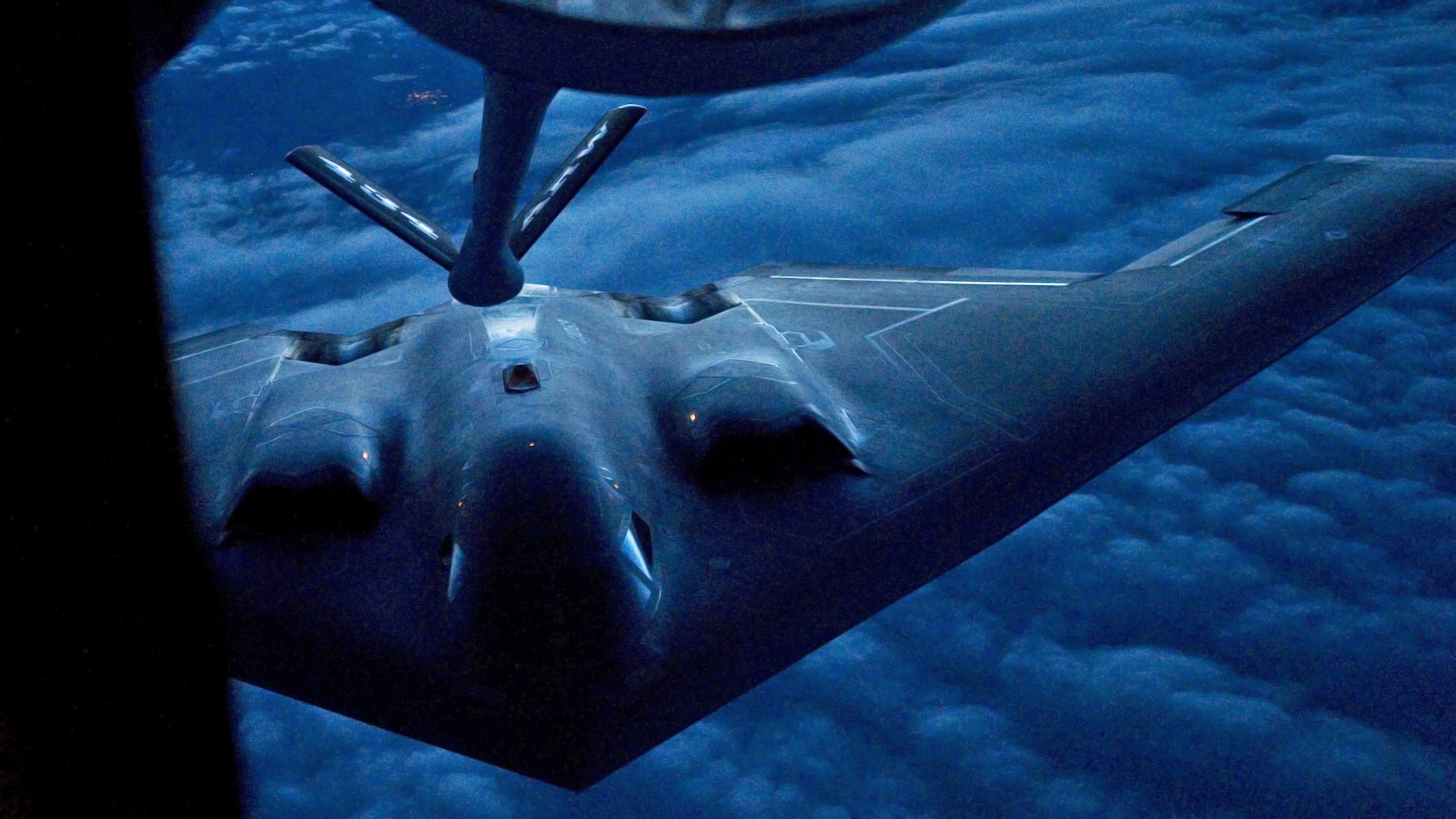The U.S. Air Force used air bases in Australia to support the strikes on Houthi weapons bunkers in Yemen by B-2 stealth bombers earlier this week. At this point, there is some confusion as to whether B-2s were among the aircraft that used Australian bases, but USAF tankers likely supported the bombers, launching refueling operations from Australian soil. You can read our initial coverage and analysis of the B-2 strikes in Yemen here. Regardless, the development reflects the expanding military and strategic alliance between the United States and Australia, which has included upgrades for Australian air bases, specifically to better accommodate U.S. bombers.
The Australian Department of Defense has confirmed that Australian support for the U.S. strikes on Yemen on the night of October 16/17 did include “access and overflight for U.S. aircraft in northern Australia.”
A report from Australia’s national broadcaster ABC stated that “A remote Northern Territory air base has been used as a staging post for this week’s major U.S. airstrike on underground Houthi weapons stores in Yemen.”
This could point to Royal Australian Air Force Base Tindal, a remote installation south of Darwin, which has been receiving upgrades to better accommodate U.S. bomber deployments, as you can read about here. The work is projected to be completed in late 2026. Available low-resolution satellite imagery for the dates in question doesn’t show any B-2s at Tindal — which is not conclusive in itself — but there are other possible operating locations in northern Australia, including some auxiliary installations.
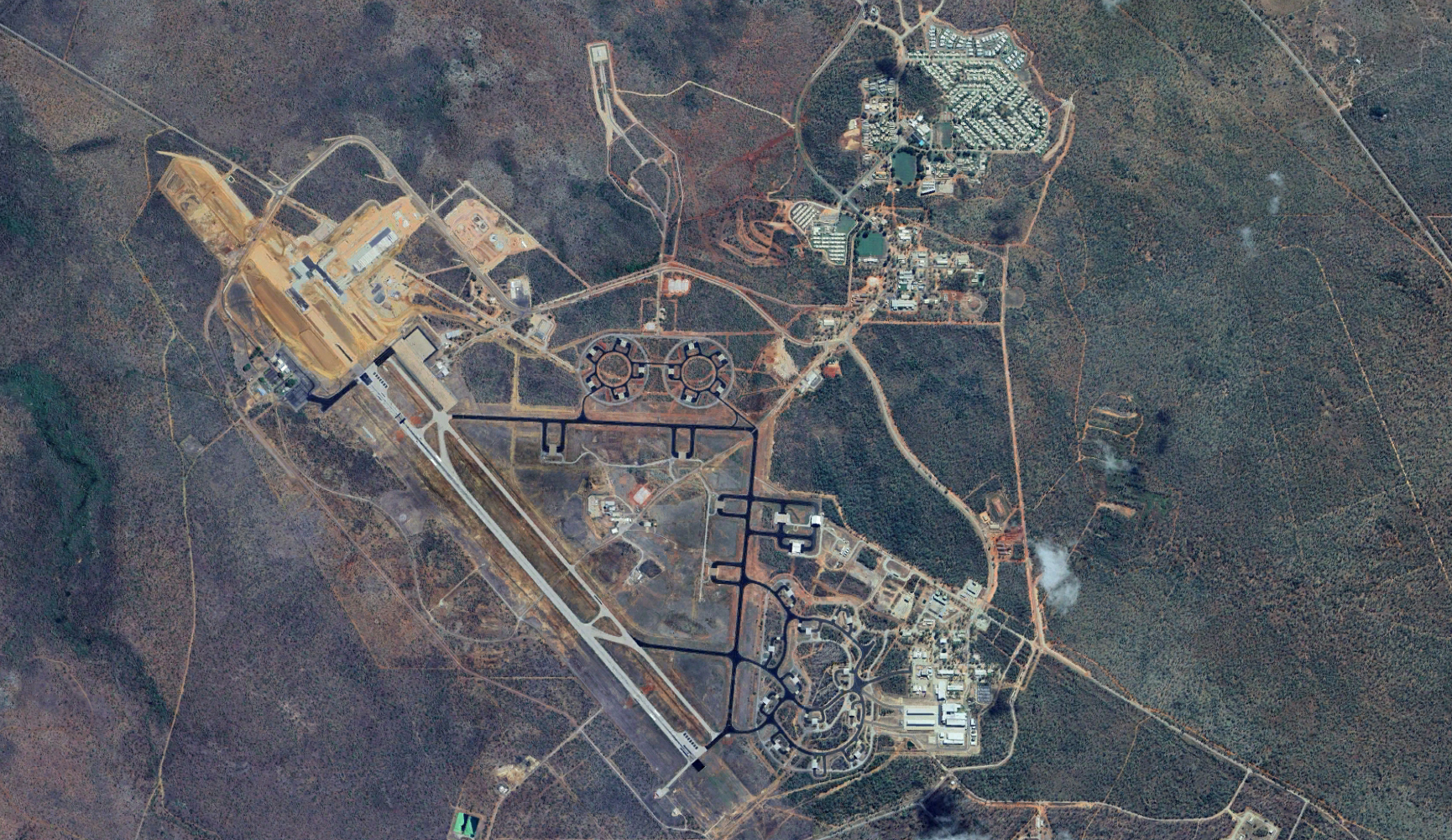
Subsequently, the same broadcaster reported that the Australian Department of Defense would not confirm or deny whether U.S. aircraft involved in the strikes had taken off from Tindal. The emphasis on taking off may be critical here, as we will discuss later.
The ABC report on the subject was then altered to include a statement from an Australian Department of Defense spokesperson who said that B-2s were not operating out of Tindal, but would not provide further comments, due to operational security.
There has been plenty of speculation that B-2s at least used Tindal to recover to, landing there after the Yemen raid. That remains possible since the later Australian Department of Defense comment was in response to a question as to whether the stealth bombers were operating out of the base (i.e. taking off for the raid) as opposed to landing there afterward.
As for the official U.S. line, this appears to point to a roundtrip from Whiteman Air Force Base, Missouri, the main operating base for the type, although it may be the case that one or more Australian bases were made available as an alternative landing site, after the mission. If the flight was direct, it would have literally flown around the world.
The periodic presence of U.S. bombers in Australia is by no means new, dating back to the early 1980s, while larger-scale training exercises in the country have involved U.S. bombers since 2005. More recently, the Enhanced Air Cooperation Initiative has been in place, involving deeper efforts to have the RAAF and U.S. military aircraft work closer together, with regular bomber rotations since 2018.
B-2s have been regular visitors to Australia in recent years, with four of the stealth bombers having deployed to RAAF Base Amberley, in Queensland, in 2022, something you can read more about here.
![A United States of America B2 Spirit Bomber takes off at RAAF Base Amberley. *** Local Caption *** During August and September 2024, as part of the Enhanced Air Cooperation Program (EAC), USAF deployed a flight of B-2 Spirit Stealth Bombers and personnel from 110th Expeditionary Bob Squadron (EBS) to operate out of RAAF Base Amberley on a Bomber Task Force (BTF) mission. 110EBS is part of 509th Bomber Wing. Whilst deployed the B-2 aircraft worked closely with air assets of the RAAF enhancing interoperability and bolstering the collective ability to support and free and open Indo-Pacific. [Imagery supplied by USAF and managed by LACW Nell Bradbury].](https://www.twz.com/wp-content/uploads/2024/10/20240829raaf8143036_0001.jpg?strip=all&quality=85&%3Bw=1024)
The bat-winged bombers were again in Australia earlier this year, when a pair made another visit to Amberley in August, for a Bomber Task Force mission.
It is meanwhile more or less certain that U.S. Air Force aerial refueling tankers did make use of Australian air bases to support the raids. Photos — backed up by some satellite imagery — show KC-135 Stratotankers and KC-46 Pegasus tankers at Cairns Airport in Queensland and more KC-135s at RAAF Amberley, soon after the strikes. Even if B-2s didn’t make use of Australian bases for the raid, it seems that U.S. tankers did, which would explain references to “access and overflight for U.S. aircraft in northern Australia.”
An Australian official further told ABC that the support Australia provided was “consistent with our long-standing alliance commitment and close cooperation, demonstrating the interoperability of our militaries.”
“Australia is committed to supporting the U.S., and key partners, in disrupting Houthi capabilities used to threaten global trade and the lives of mariners in the Red Sea, a vital international waterway,” an Australian Department of Defense spokesperson added.
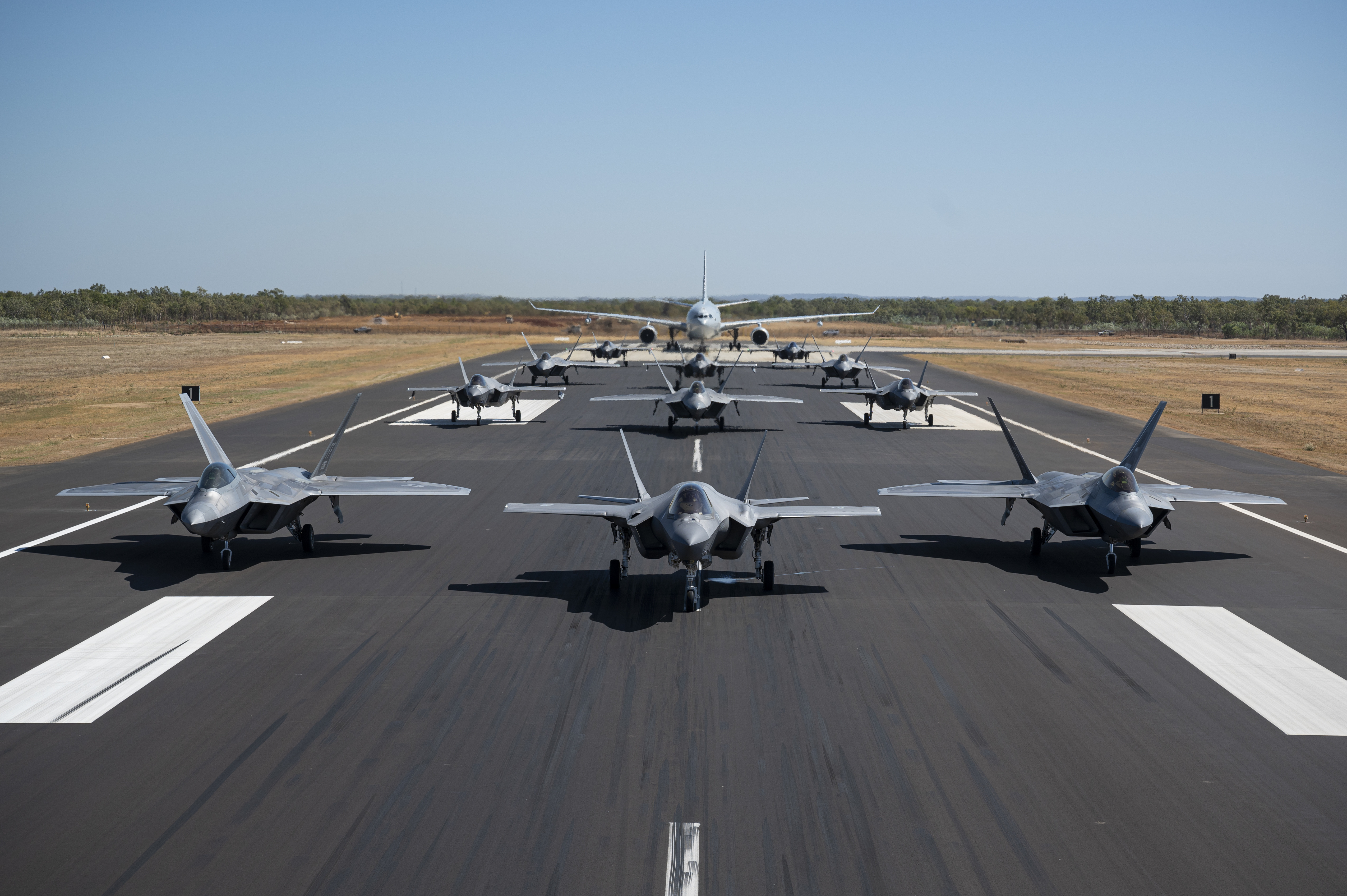
While the raids may well have degraded the Houthis’ ability to wage their ongoing campaign against shipping in the Red Sea region, as TWZ previously pointed out, they were also tailored to deliver a powerful and highly specific message to Iran, the Houthis’ primary benefactor.
At this point, it’s unclear if that message was underscored by the use of the GBU-57 Massive Ordnance Penetrator, better known as the MOP, a weapon ideal for attacking targets including the extremely hardened sites related to Iran’s nuclear program. This looked like a distinct possibility, especially due to the fact that B-2s were used for the strikes. The MOP, weighing in around 30,000 pounds, can only be carried by the B-2. Two can be carried by each of the stealth bombers at a time.
So far, the Air Force has not confirmed what weapons were used, although Air & Space Forces Magazine reports that the B-2s dropped 2,000-pound BLU-109-equipped GBU-31 Joint Direct Attack Munitions (JDAM), citing a “person familiar with the matter.”
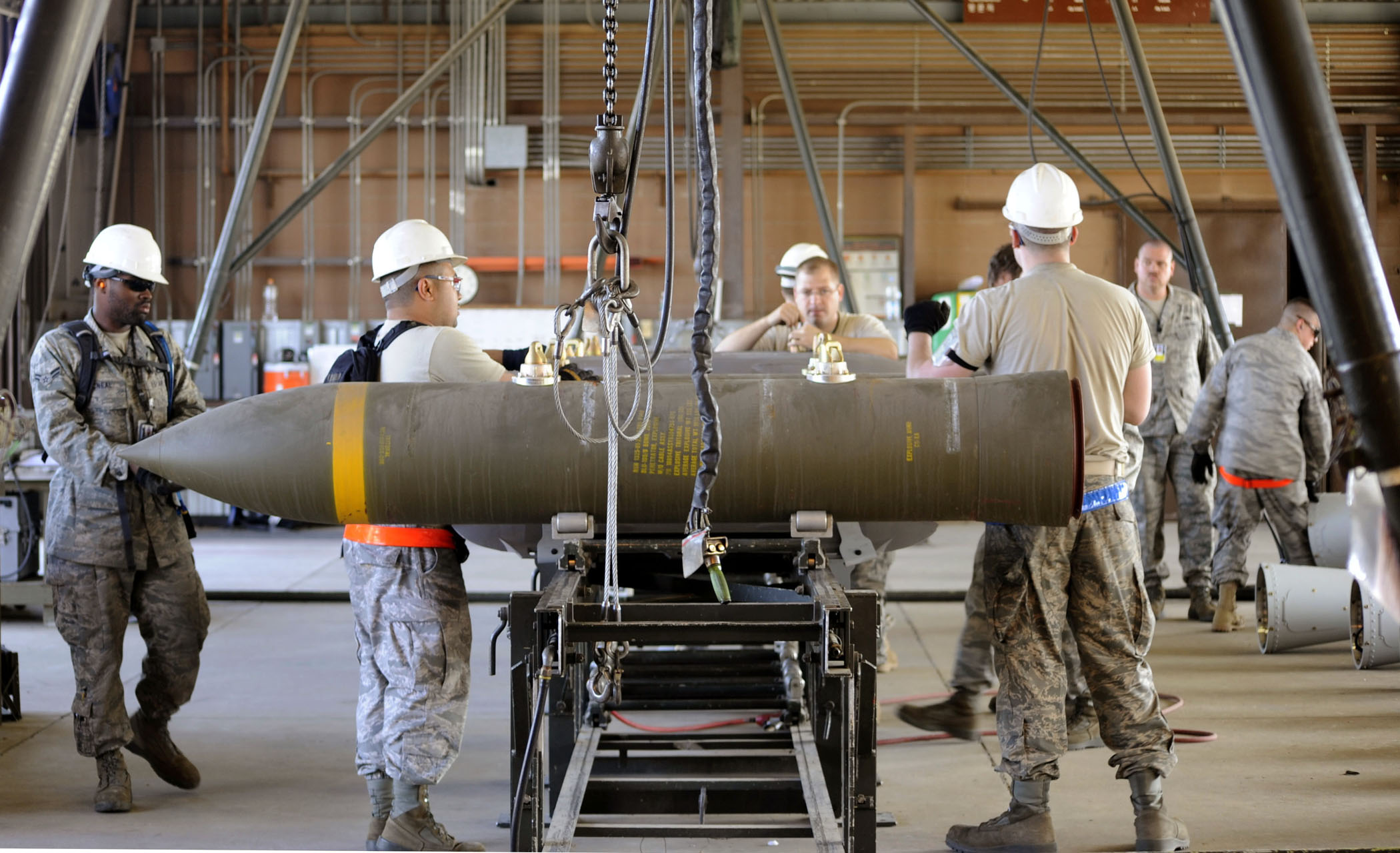
The BLU-109 is another precision munition with a penetrating warhead. Each B-2 can carry 16 of these weapons.
It’s also possible that 5,000-pound class bunker-busters might have been used, although the exact status of this weapon in the B-2’s inventory is unclear.
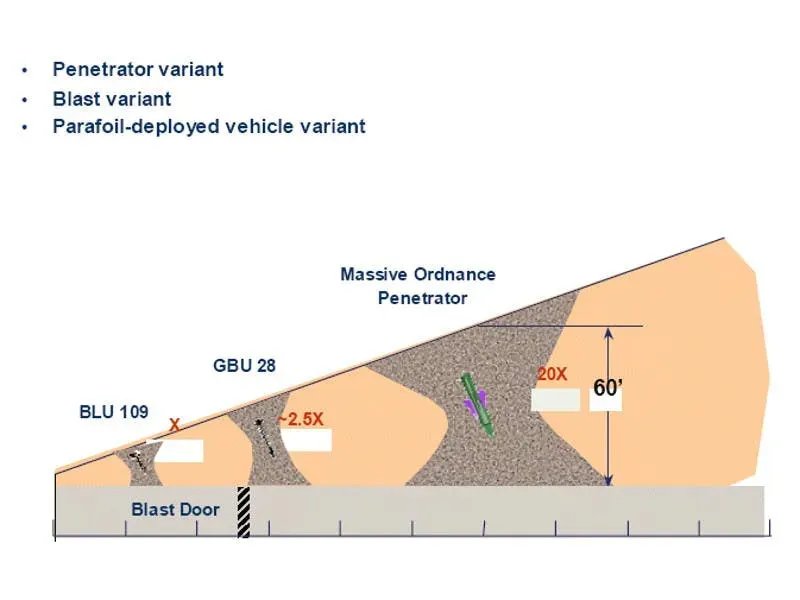
As we reported at the time, whatever type of bunker-buster munitions were used by the B-2s, the raid was a very clear signal to Iran that the United States is uniquely well equipped to target critical facilities “no matter how deeply buried underground, hardened, or fortified,” in the words of a Pentagon statement. While Iran was not mentioned by name, the implication is very clear.
While acknowledging that it provided support to the United States, specifically in its effort to blunt the Houthis’ ability to target Red Sea shipping, Australia also didn’t mention Iran by name.
Darwin lawmaker Luke Gosling told ABC that Australia works “incredibly closely with the U.S. Air Force” in the north.
Gosling added that there are “no deliberate messages being sent from Australia, other than we are in lock-step with our allies in order to uphold a rules-based order upon which Australia’s security and prosperity is so dependent.”
The most obvious example of the deepening relationship between Australia and the United States is the AUKUS initiative — standing for Australia, United Kingdom, United States. This is a wide-ranging effort, with standout items including the supply of nuclear-powered attack submarines to Australia, and increased intelligence sharing.
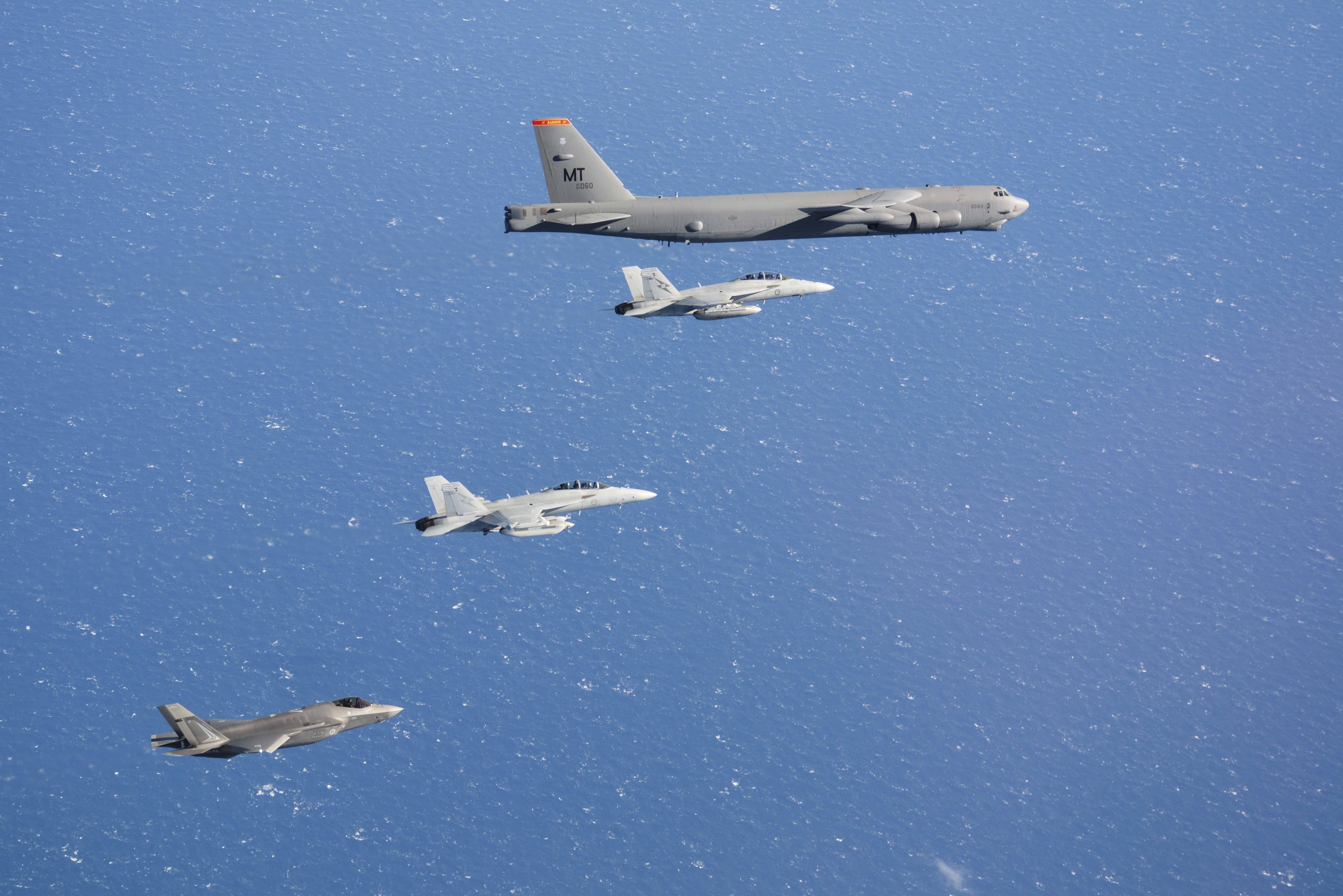
At the same time, the United States has been ramping up bomber deployments at Tindal, while also sending bombers to other Australian air bases, as Washington continues to expand its military presence in the region.
The upgrade work at Tindal includes an expanded apron with space for up to six B-52 strategic bombers, squadron operations facilities, and maintenance infrastructure. Once completed, the airbase will be much better able to host bomber detachments, as well as tankers and fighters, with work also addressing fuel and munitions storage and mission planning buildings.
Work at Tindal, as well as AUKUS and other related developments, have been widely seen as a deterrent aimed toward China. While that remains true, it is now clear that the growing U.S. military footprint in Australia is also being leveraged to strike targets in the Middle East.
Significantly, Tindal will add another forward operating location for U.S. bombers, on top of Hawaii, Guam, and Diego Garcia, also in the broader region. Although with appropriate tanker support, there is no reason why bombers can’t also use the base to support operations in the Middle East or elsewhere.
It remains to be seen whether RAAF Base Tindal or any other base was used for the first time by B-2s conducting combat operations, but the fact that Australia was used to support air operations over Yemen, in and of itself, is a significant development, at a time of increasing military cooperation with the United States.
Contact the author: thomas@thewarzone.com
